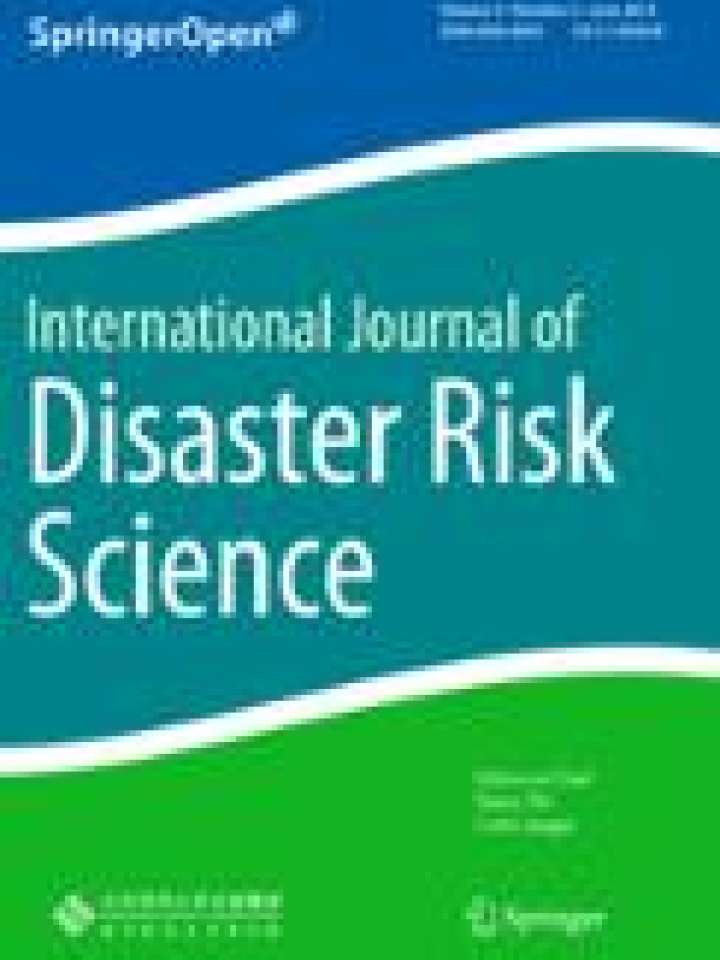The Sendai Framework for Disaster Risk Reduction and persons with disabilities
International Journal of Disaster Risk Science (2015) 6:140–149, doi:10.1007/s13753-015-0051-8
In this paper, the Sendai Framework for Disaster Risk Reduction 2015–2030 (SFDRR) is evaluated with respect to its ramifications for persons with disabilities. In the SFDRR, persons with disabilities were referenced either directly or indirectly as part of the preamble, the guiding principles, the priorities for action, and the role of stakeholders. In addition, the 2015 World Conference on Disaster Risk Reduction, during which the SFDRR was adopted, incorporated explicit recommendations toward a disability-accessible and inclusive environment not evident in previous disaster risk reduction conferences.
The infusion of disability-related terms and concepts such as accessibility, inclusion, and universal design throughout the SFDRR document was significant. These concepts, which have their origin in disability studies, are used in the SFDRR document to refer to the needs of all in disaster, not only to people with disabilities. These disability-related concepts will now serve the field of disaster risk reduction as important overarching disaster-related principles. The authors conclude that the SFDRR has firmly established people with disabilities and their advocacy organizations as legitimate stakeholders and actors in the design and implementation of international disaster risk reduction policies.
Explore further
